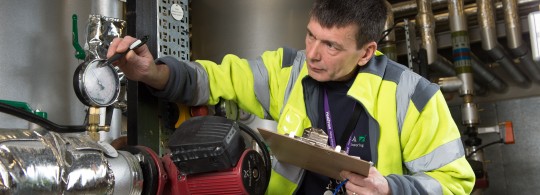
Security forces at the airport are always pictured to be those who take you through the metal detectors and check your bags before you enter the terminal, but the team of professionals who ensure a safe and smooth experience for the passengers is in reality much more diverse.
Being a fire fighter in an airport involves many more challenges than simply putting out fires. It is these challenges which the experienced Heathrow team members are dealing with: it is not just dealing with buildings, but trains and car parks too. So one day it could be a child that’s got their arm stuck in a vending machine one minute, or cutting someone from a car the next. Our team at the Heathrow Airport is ready for anything.
With the near infinite number of situations that the airport’s fire fighters are faced with , it is important to perform their work timed down to the second, which requires a level of precision and decisiveness only held by professionals with the best knowledge, experience and who have a love of challenges.
Total security is one of the central and non-negotiable values of Heathrow: a vital requirement which makes the contributions of the airport’s engineering technicians utterly indispensable. Their exhaustive control over lighting, electrical installations or air and water supplies, to name a few, guarantees not just the safety of passengers, but of the whole Heathrow team.
The complexity of works that airport engineers develop can be summarized with a simple example: When a fire alarm is triggered, it sets off a complex series of automated processes. For example, dampers activate in air vents, smoke extract fans start and stair wells are pressurised. Passenger lifts stop at a safe floor while fire service lifts remain available. Every night different zones are checked to ensure everything interacts correctly.
You might think that this methodological, almost repetitive work wouldn’t have the same incentives that other parts of airport security have, but actually the most satisfying jobs are those where investigation is required and then a robust solution is found or an improvement is identified. Knowing you contributed to an improvement, and seeing it in action, is especially rewarding.






There are no comments yet